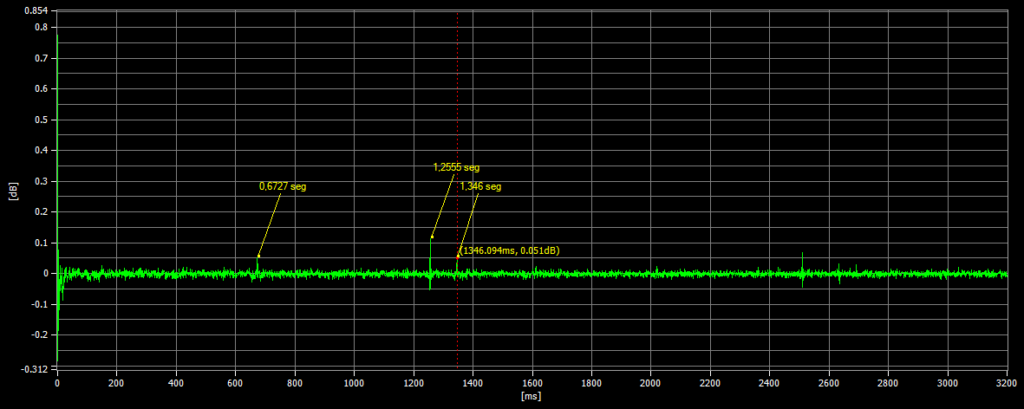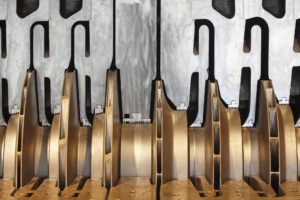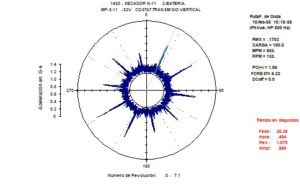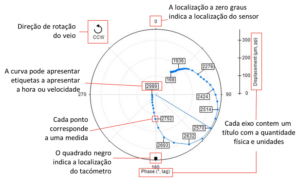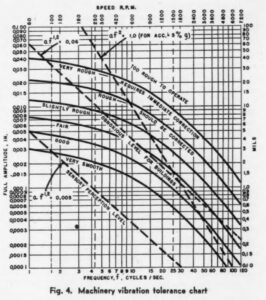Vibration analyzer 14 – o Cepstro
Vibration analyzer 14 o Cepstro
The specific topic dealt with in a vibration analyzer 14, consists of the analysis of the Cepstro, in how they are carried out performed with a vibration analyzer.
When it takes placeVibration Analysis, to take advantage of the full potential of a vibration analyzer, you need to understand how it works. Therefore, here are presented the concepts of digital signal analysis, currently implemented on an FFT vibration analyzer, from the user's point of view.
We begin by presenting the properties of the Fast Fourier Transform (FFT) on which Vibration Analyzers are based. Then, it shows how these FFT properties can cause some undesirable characteristics in the analysis of the spectrum, like aliasing and breakouts (leakage). Having presented a potential difficulty with the FFT, shows what solutions are used to make vibration analyzers practical tools. The development of this basic knowledge of the characteristics of the FFT makes it simple to obtain good results with a vibration analyzer on a wide range of measurement problems.
Here you can see the range ofVibration analyzers made available by D4VIB.
.
Here you can see the range of Vibration analyzers made available by D4VIB.
- What is the relationship between time and frequency
- How sampling and scanning works
- What Aliasing is and what effects it has
- How it is used and what the zoom consists of
- How waveform windows are used
- What are averages for
- What is real-time bandwidth
- What overlay processing is for (“overlap”)
- What is order tracking
- What is envelope analysis
- The two-channel functions in the frequency domain
- What Orbit is for
- What are the functions of a channel in the time domain
- What the Cepstro consists of
- What are the units and scales of the spectrum
14 O Cepstro
Cepstro is a technique designed to identify families of harmonics and sidebands in complex signals and consists of, basically, I do not expect do I expect. Like this, in this technique they are analyzed, the periodicities of the spectrum as if it were a waveform. With this technique instead of analyzing a single component of the spectrum, families of harmonics are analyzed.
Frequency spectra often have many vibrating components, in terms of side and harmonic bands, as is common in gears or paper machines, making it very difficult to interpret, the same can be said of the waveform.

Vibration analyzer 14 - Spectrum and waveform measured on the bearing of a roll of a press of a paper machine
The terminology used in the implementation of this technique is shown in the table below:
| Spectral analysis | Cepstro Analysis |
| I hope | Cepstro |
| Frequency (Hz) | Frequency (s) |
In the following figure you can see the Cepstro obtained from the spectrum of the figure 14.1.
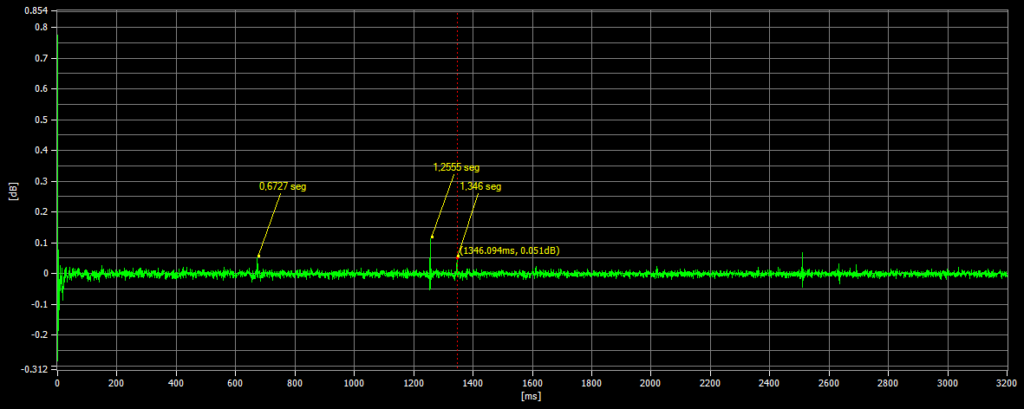
Vibration analyzer 14 - In this section obtained from the spectrum of the previous figure, it is clearly identified that the predominant harmonic families are associated with very low rotation frequencies, namely; 0,6727 seg / 1.48 Hz e 1,2655 seg / 0.79 Hz, probably associated with the frequency of rotation of the felt.
This technique is an alternative to Correlation or Envelope Analysis.

